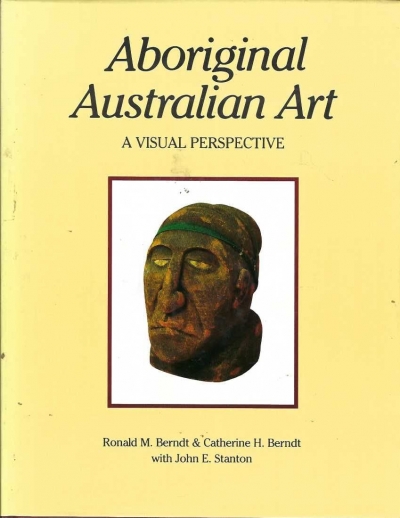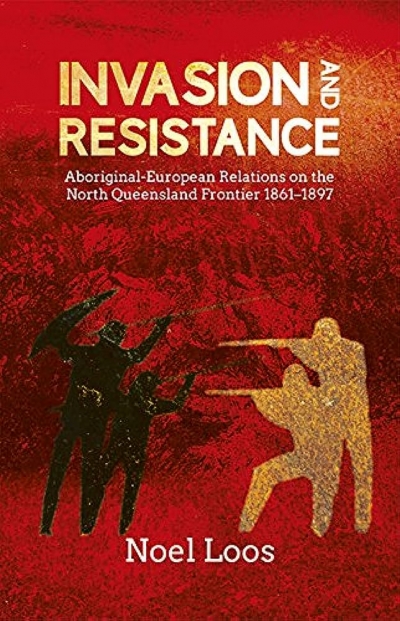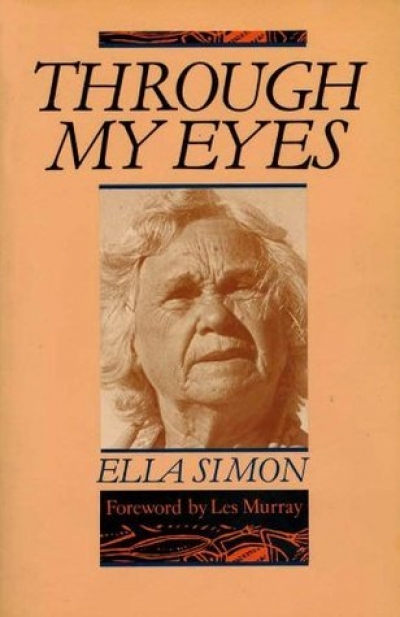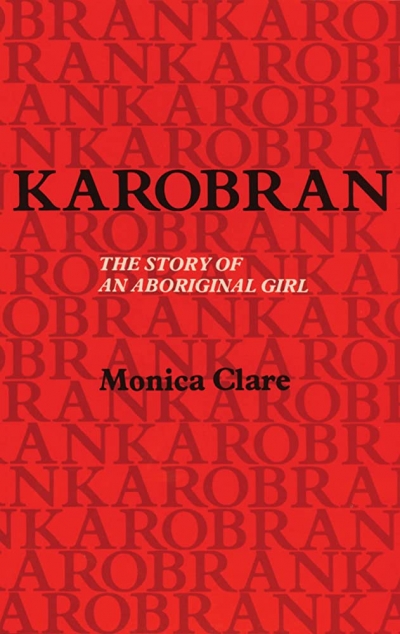A common theme unites the five books reviewed here: the effects on Aboriginals of European and Asian settlement in Australia, and the position of Aboriginals in the society that has developed from that settlement. The work of historians, a political scientist and anthropologists, the writings reflect changes in Australian historiography and anthropology. Reece (1979) recently made a plea on behalf of Australian historiography for more to be done by black and white historians to eradicate the tradition that Australian history was a white history beginning with Captain Cook. A parallel plea has been made to anthropologists in Langton’s (1981) criticism of anthropologists for concentrating their research efforts on remote communities. The work of Aboriginal historians is not represented here, but two of these books are indicative of the quantum leap in the quantity and quality of writing an Aboriginal history. Although anthropology is slow to change, a glance through recent bibliographies published by the Australian Institute of Aboriginal Studies reveals an increase in the proportion of social anthropological publications on Aboriginal society outside the more remote areas. That trend appears in the content of the volume edited by Howard.
...
(read more)




